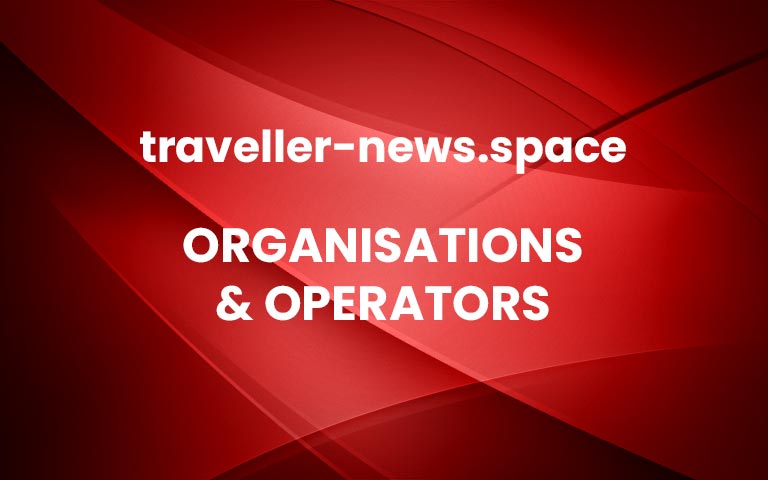Tourism Cares and Tourism Authority of Thailand Partner to Spotlight Sustainable Tourism
Tourism Cares, a leading non-profit dedicated to advancing sustainability within the tourism industry, and the Tourism Authority of Thailand (TAT), today kicked off its week-long Global Meaningful Travel Summit in Bangkok and Krabi. As the host destination for 2025, Thailand is showcasing its leadership in community-based and sustainable tourism, welcoming more than 40 travel and […] More


